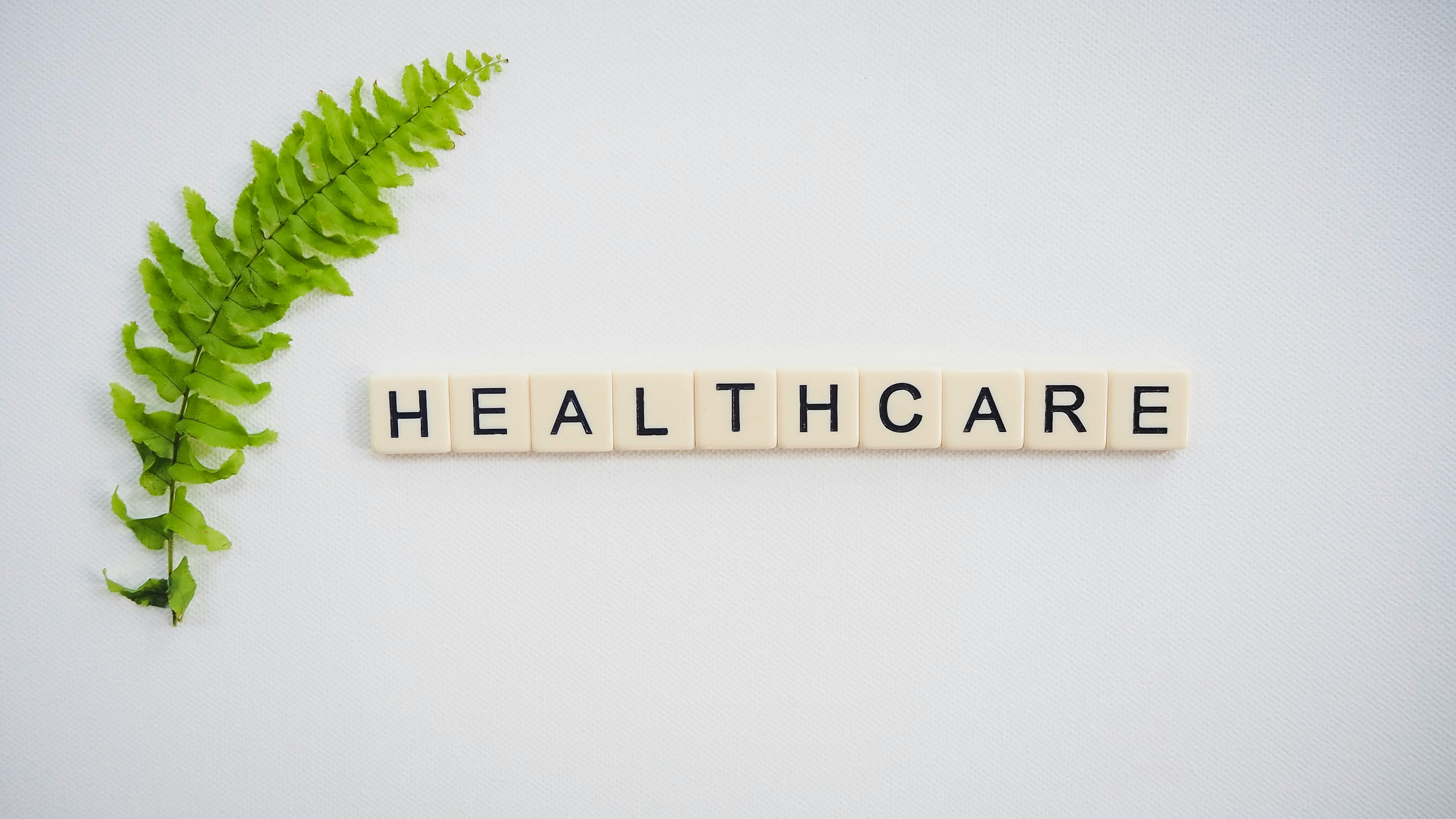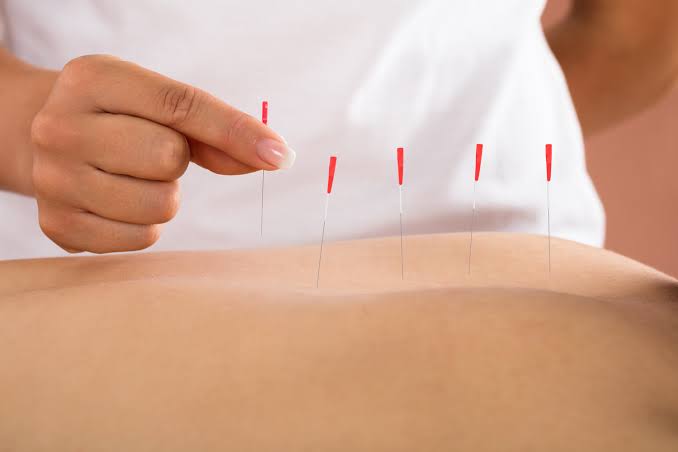Progesterone is the main steroid hormone, which is secreted by the female reproductive system. It’s associated with an embryo’s menstrual cycle, pregnancy, and growth. Progestin is an artificial progesterone form used for medicinal purposes.
The ovaries, placenta, and adrenal glands produce progesterone to regulate the endometrial state, which is the uterus’ inner lining.
Progesterone

Progesterone is a hormone, and a steroid. It has some important roles particularly in the reproductive process.
Each month after puberty starts, the ovaries release a single egg. The process is known as ovulation. The egg passes down the Falopian tube, so it can be fertilized if it encounters sperm.
The corpus luteum is a temporary endocrine, or hormone generating, gland formed after ovulation from the empty ovarian follicle.
The corpus luteum becomes the main source of progesterone that is needed to maintain a pregnancy immediately after fertilization and implantation.
If fertilization does not occur, the corpus luteum breaks down, less progesterone is produced and progesterone levels are too low to stimulate uterine wall growth. As progesterone from the corpus luteum no longer maintains the lining of the womb, the lining breaks away, leading to menstrual bleeding.
When pregnancy occurs, progesterone promotes the further growth of the endometrium blood vessels, and it induces endometrial glands to secrete nutrients that nourish the fertilized egg.
Progesterone prepares the tissue lining of the uterus to facilitate implantation of the fertilized egg. Often, progesterone helps protect the endometrium during pregnancy.
The placenta develops after conception. The placenta begins to secrete progesterone to supplement the progesterone already secreted by the corpus luteum, and to surpass.
Placenta progesterone levels remain elevated throughout pregnancy. This prevents the maturation of other eggs, and facilitates improvements in breast tissue to prepare for lactation.
When a woman does not ovulate, she does not contain progesterone via her ovaries. This is called an anovulatory cycle. Missed cycles occur often from the mid-30s onwards and become more severe as menopause approaches.
Progesterone levels drop consistently just before the menopause. It is believed to be the primary cause of symptoms affecting menopause.
What does progesterone do?
Progesterone travels to tissues inside the blood where progesterone receptors are present. It attaches to the receptors to produce actions in the body.

During ovulation, estrogen and progesterone are responsible for releasing an egg from the ovaries.
Progesterone then:
- Prepares the tissue lining of the uterus to allow the fertilized egg to implant
- Maintains the endometrium throughout pregnancy
- Prevents further egg release until a pregnancy has terminated
- Prevents fertilization of more than one egg at a time, although more than one egg is occasionally released
- Stops muscular contractions in the fallopian tubes once the egg has been transported
- Plays an important role in fetal development during pregnancy
- Stimulates the breast tissue to promote lactation and causes the glands to advance ready for producing milk
- Strengthens the pelvic wall muscles in preparation for labor
An artificially produced version, progestin, may help in the event of a hormonal imbalance.
Progestin
Progesterone occurs naturally in the body but it can also be produced by laboratories. The synthetic steroid hormones are called progestin with progesterone-like properties.
Through vaginal gels, implants, intrauterine devices (IUDs), and injections, progestin is available as capsules.
Uses for progestin include treatment for:
- Birth control
- Hormone replacement therapy
- Menstrual disorders
- Abnormal uterine bleeding
- Amenorrhea, or absence of menstruation
- Endometriosis
- Endometrial hyperplasia, an abnormal thickening of the uterus wall
- Breast, kidney, or uterine cancer
- Changes in hair growth
- Changes in sexual desire
- Anticancer hormonal therapy
- Breast pain
- Preventing premature birth
- Acne
- Infertility treatment, when used as a cream
- Breastmilk production
Progestin side effects
Side effects of progestin use may include:
- Headaches
- Breast tenderness or pain
- Upset stomach, vomiting, diarrhea, and constipation
- Changes in appetite
- Weight gain
- Fluid retention
- Tiredness
- Muscle, joint, or bone pain
- Mood swings and irritability
- Excessive worrying
- Runny nose, sneezing, and cough
- Vaginal discharge
- Problems urinating
Uncommon but potentially serious side effects requiring medical attention include:
- Breast lumps
- Dimpling of breast skin
- Clear or bloody discharge from nipple
- Inverted nipple
- Crusting or scaling of the nipple
- Clay-colored stools
- Migraine headache
- Severe dizziness
- Slow speech or difficulty speaking
- Weakness or numbness of limbs
- Absence of coordination
- Breathlessness
- Pounding heartbeat
- Sharp chest pain
- Coughing up blood
- Leg swelling
- Loss of or blurred vision
- Bulging eyes
- Double vision
- Unexpected vaginal bleeding
- Uncontrollable shaking hands
- Seizures
- Stomach pain or swelling
- Depression
- Hives, skin rash, and itching
- Difficulty swallowing
- Swelling of the face, throat, tongue, lips, eyes, hands, feet, ankles, or lower legs
- Hoarseness
Progestins are not appropriate for people with the following conditions history unless they use them to treat the condition:
- Liver tumors
- Genital cancer
- Breast cancer
- Severe arterial disease
- Undiagnosed vaginal bleeding
- Acute porphyrias
- Idiopathic jaundice
- Severe pruritus occurring during pregnancy
- Pemphigoid occurring during pregnancy
Birth control pills
Progesterone is used by birth control pills and are also known as oral contraceptives or hormonal contraceptives.

Combination pills contain both estrogen and progestin.
They work by:
- Preventing ovulation
- Changing the lining of the womb to prevent a pregnancy from developing
- Thickening the mucus at the cervix to prevent sperm from entering
Progestin-only hormonal methods include mini-pills, implants, and shots.
They:
- Prevent the ovaries from releasing an egg
- Thicken the mucus at the cervix to prevent sperm entering the uterus
The United States National Library of Medicine cautions that cigarette smoking in those who use oral contraceptives greatly raises the risk of severe side effects. They ‘re advising smokers not to use oral contraceptives.
Hormone therapy
Hormone therapy (HT), formerly known as hormone replacement therapy ( HRT), helps to restore female hormone balance. HT can provide a combination of progesterone, estrogen, or. It’s available as a pill, nasal spray, patch, skin gel, vaginal cream, injection, or vaginal ring.
HT may relieve perimenopause symptoms, such as:
- Hot flashes
- Vaginal dryness
- Pain with intercourse
- Mood swings
- Sleep disorders
- Anxiety
- Decreased sexual desire
In some women, estrogen leads to an endometrial overgrowth, or uterine lining. That may lead to cancer of the endometrium. This can be avoided by a combination of estrogen and progestin hormone therapy (HT).
HT may have adverse effects, however, and this raises the likelihood of certain severe conditions.
HT’s side effects include:
- Bloating
- Breast soreness
- Headaches
- Mood swings
- Nausea
- Water retention
People who use HT have a higher risk of:
- Blood clots
- Breast cancer
- Endometrial cancer
- Heart disease
- Deep venous thrombosis (DVT)
- Stroke
- Gallbladder disease
The FDA suggests using HT for the shortest possible time needed to meet treatment goals at the lowest possible dosage.
Women who use hormone therapy or are considering using it should speak with their doctor about potential benefits and risks.
Normal progesterone levels
The levels of progesterone are relatively low before ovulation, and typically they increase when an ovary releases an egg. Levels rise for several days, and either continue to rise when pregnancy occurs, or fall for menstruation to begin.
When the levels of progesterone do not increase and decrease regularly, this may suggest a problem with ovulation, menstruation, or both, which can cause infertility.
pregnancuWomen with multiple pregnancy, meaning twins, triplets, and so on, usually have naturally higher rates of progesterone than just one baby expects.
Progesterone levels can be measured with a blood test. The findings can help determine the cause of infertility, track ovulation, help diagnose an ectopic or pregnancy failure, monitor the health of pregnancy, or help diagnose abnormal uterine bleeding.
Why do progesterone levels fall?
Progesterone levels may fall because of:
- Toxemia, or preeclampsia, late in pregnancy
- Decreased function of ovaries
- Amenorrhea
- Ectopic pregnancy
- Miscarriage
Why do progesterone levels rise?
Reasons for progesterone levels rising may include:
- Ovarian cysts
- Non-viable pregnancies
- A rare form of ovarian cancer
- Progesterone overproduction by the adrenal glands
- Adrenal cancer
- Congenital adrenal hyperplasia (CAH)
Progesterone in men
Progesterone is known as a female hormone but for producing testosterone, males require progesterone. Progesterone is produced by the adrenal glands and male testes.
The levels of progesterone in males are similar to those of females in the menstrual cycle follicular phase, when an egg follicle on an ovary prepares to release an egg.
Symptoms for males with low progesterone include:

- Low libido
- Hair loss
- Weight gain
- Fatigue
- Depression
- Gynecomastia, which is breast development in males
- Erectile dysfunction
- Impotence
- Bone loss
- Muscle loss
Men with low progesterone levels have a higher risk of developing:
- Osteoporosis
- Arthritis
- Prostate cancer
- Prostatism, an obstruction of the bladder neck, typically associated with an enlarged prostate gland
When males age, testosterone begins decreasing, levels of estrogen increase, and levels of progesterone fall dramatically.






